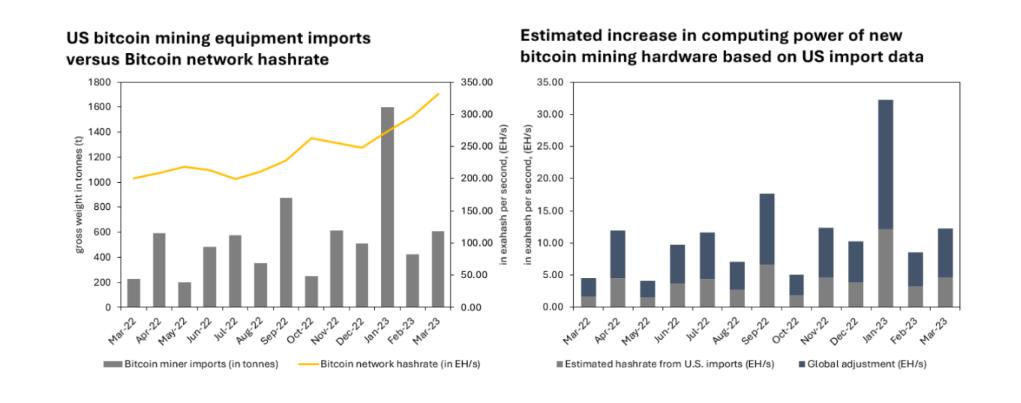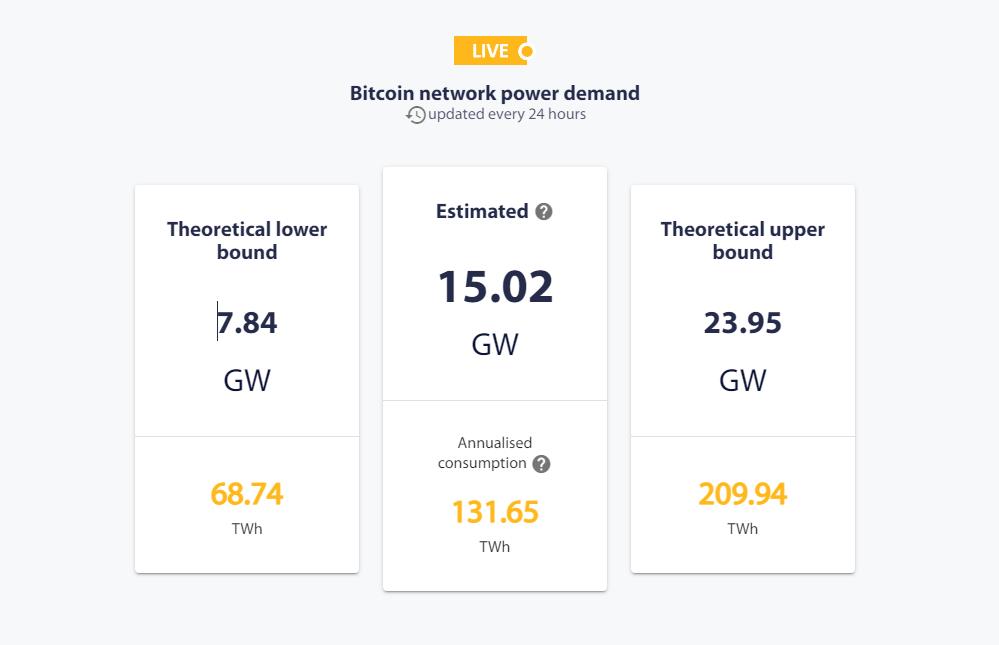
Key Points:
The Cambridge Bitcoin Electricity Consumption Index (CBECI) has been updated for the first time since its launch in 2019 to improve the accuracy of its estimates.
The revised methodology focuses on recent developments in Bitcoin mining hardware and hash rate.

The researchers created a simulation to address the scarcity of hardware-related data.
The analysis tested the hypothesis that increases in hash rate are due to newer mining equipment.

The CBECI provides rich data and visualizations, including power demand, mining distribution, and emissions indexes.
Researchers behind the renowned Cambridge Bitcoin Electricity Consumption Index (CBECI) have officially updated its methodology to enhance the accuracy and reliability of its estimates. The CBECI, launched in 2019, was created to provide data-driven insights into the energy-intensive nature of Bitcoin mining and its environmental impact. Improved Methodology Addresses Recent Developments The revised methodology of the CBECI focuses on recent developments in Bitcoin mining hardware and hash rate. The researchers sought to understand what factors have driven significant increases in hash rate in recent years, as newer mining equipment outperforms older models. However, the scarcity of hardware-related data posed a challenge. To overcome this challenge, the researchers developed a methodology that simulates a daily hardware distribution based on the performance and power usage data of real hardware. This simulation allowed them to account for the underrepresentation of recently released equipment and the overrepresentation of equipment nearing the end of its life cycle. Testing the Hypothesis The analysis conducted using the revised methodology examined various factors and aimed to test the hypothesis that the increase in network hash rate can be attributed to the use of more recently released mining hardware. This analysis provides valuable insights into the impact of hardware advancements on the energy consumption of Bitcoin mining. Debate Over Environmental Impact The CBECI's updated methodology comes amidst a divide in opinion regarding the environmental impact of Bitcoin mining. Critics argue that Bitcoin jeopardizes environmental advancements and could contribute to climate change. On the other hand, supporters believe that the mining industry can play a role in combatting climate change and providing other societal benefits. Rich Data and Visualizations One of the key features of the CBECI is its comprehensive data and visualizations. The index provides information about Bitcoin's network power demand, a map reflecting the geographic distribution of Bitcoin's mining hash rate, and a greenhouse gas emissions index. These visualizations allow users to easily understand and analyze the energy consumption and environmental impact of Bitcoin mining. Conclusion By introducing a revised methodology, the Cambridge Bitcoin Electricity Consumption Index aims to provide more accurate and reliable data on the energy consumption and environmental impact of Bitcoin mining. This updated index will contribute to the ongoing debate surrounding the sustainability of cryptocurrencies and the potential role they can play in a green economy.






